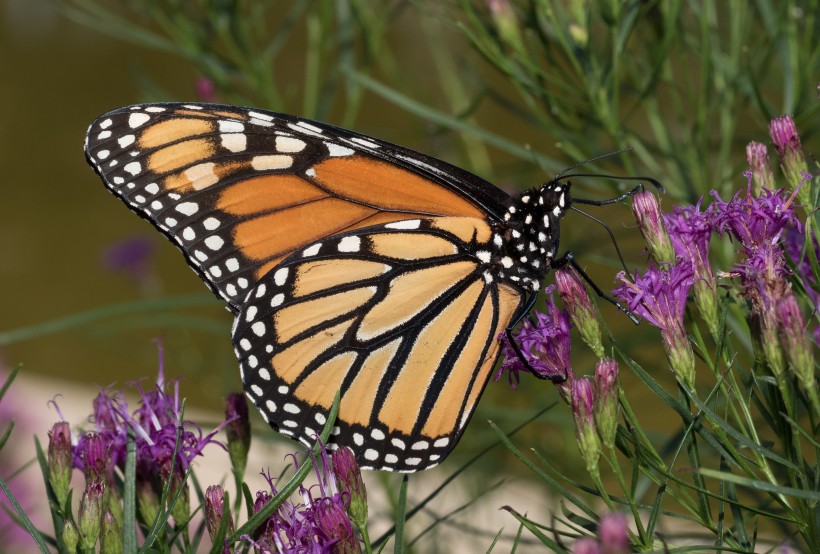DIY projects are easier than ever now that rotary cutter blades and bush hog blades are just a click of a mouse away from being delivered to your front door. Gardening has grown more convenient too, which means it's easier than ever to put together and maintain a beautiful garden. But what if on top of pleasing your eyes and other senses, your garden could also provide value to your local ecosystem and the environment?
An environmentally friendly garden isn't just good for carbon emissions. It also incentivizes local wildlife to interact with your garden, making it much healthier and livelier. If that's something that interests you, here are some tips that can help you get started.
1 - Plant a tree
If you have space, having a tree in your garden can provide a variety of benefits. Trees help with temperature control and air reduction, they provide shade on sunny days, they can be a useful way-stop for local birds or even become a permanent residence. Fruit-bearing trees also mean you'll get delicious fresh fruits when they're in season, which can also feed local birds, and can be sold or be turned in fertilizer when you have fruit to spare.
2 - Choose native plants
When choosing a tree, it's best to go for a species native to your region. Native plants will generally have an easier time adapting to your garden, and they'll do a better job of attracting local wildlife.
The same goes for other plants and flowers you plant. You don't need to have only native flowers in your garden, but having a section of your garden dedicated to local plant life will help attract local bees and butterflies, which can help your garden stay healthy and vibrant.
3 - Adapt available resources
In general, the less you have to buy to keep your garden running, the better it is for the environment. So if you have space, getting into composting it's a good idea. See about making your own fertilizer, and see if you can use rainwater to take care of some of your irrigation needs.
4 - Build accommodations
One of the ways you can attract wildlife is by being a good host and providing good accommodations. Bird boxes, bug hotels, beehives, hedgehog homes, and other options can all help animals feel more at home in your garden. If your garden is surrounded by a wall or fence, a small hole on the enclosure can make it easier for small forest dwellers like hedgehogs to get in.
5 - Grown your own supplies
Another way gardens can help you consume less is by allowing you to grow some of the things you need. Check your kitchen for supplies you have to buy regularly, maybe there is something there you could be growing yourself. Like food items, or herbs for tea, or even cleaning products that you could be making using plants instead.
Not only is growing what you use better for the environment, but it also comes with its own sense of satisfaction.
© 2024 NatureWorldNews.com All rights reserved. Do not reproduce without permission.
* This is a contributed article and this content does not necessarily represent the views of natureworldnews.com






